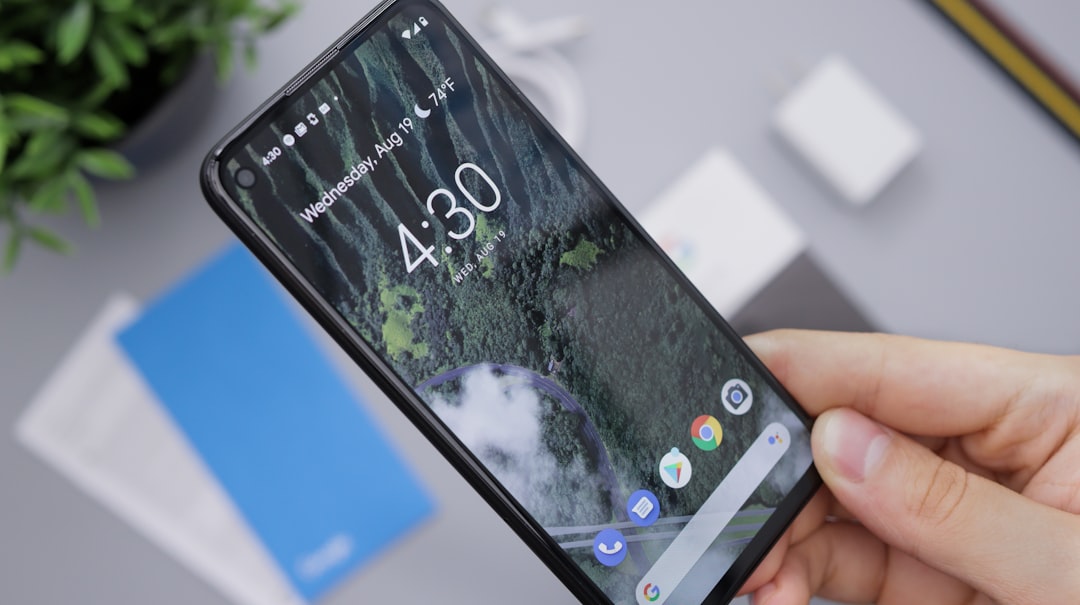In today's digital age, your personal brand is often the first impression potential clients, employers, or collaborators will have of you. Whether you’re an entrepreneur, freelancer, job seeker, or creative professional, your website is the central hub for showcasing your skills, personality, and expertise. However, creating a personal branding website that leaves a lasting impact requires more than just great content—it’s about designing an experience that resonates with your audience. In this post, we’ll dive into the key principles of user experience (UX) and visual appeal, and how they can work together to create a website that truly represents your personal brand.
Why User Experience and Visual Appeal Matter
When designing a website for your personal brand, it’s not just about how it looks—it’s about how it feels to navigate. The balance between user experience (UX) and visual appeal determines how visitors perceive your website, how easy it is for them to find information, and whether they’ll engage with your content. A beautiful design that’s hard to navigate or doesn’t communicate your brand message will lose visitors quickly. On the other hand, a well-crafted combination of UX and visual appeal will enhance your reputation, build trust, and keep people coming back.
Key Principles for Designing a User-Centered Personal Branding Website
1. Simplicity and Clarity
The foundation of good UX design is simplicity. A cluttered or overly complicated design can overwhelm your visitors and cause frustration. Your website should communicate your personal brand clearly and make it easy for users to find the information they need. Here are some ways to simplify your website’s design:
- Minimalistic Layout: Use a clean, straightforward layout that lets your content breathe. Avoid unnecessary elements that don’t add value to your visitors’ experience.
- Prioritize Key Information: Identify the most important content for your audience and make sure it’s front and center. Your bio, portfolio, services, and contact information should be easy to access.
- Whitespace is Your Friend: Whitespace (or negative space) isn’t just empty space—it enhances readability and helps guide the visitor’s eye to important elements on the page.
2. Fast Loading Speed
In the fast-paced online world, people don’t have time to wait for slow-loading websites. A fast-loading site is a critical part of a good user experience. Research shows that 40% of visitors will abandon a website if it takes more than three seconds to load. Here’s how to improve your site’s speed:
- Optimize Images: Use compressed images that don’t sacrifice quality. Tools like TinyPNG or ImageOptim can help you reduce file sizes without losing visual appeal.
- Minimize HTTP Requests: Reduce the number of elements on each page, such as scripts, images, and CSS files, to minimize the time it takes to load.
- Use Caching: Caching allows your site’s elements to be stored in the visitor’s browser, which helps it load faster on subsequent visits.
3. Responsive Design
With an increasing number of people accessing websites from mobile devices, it’s essential that your personal branding website is fully responsive. A responsive website automatically adjusts its layout to look great on any screen size, whether it’s a smartphone, tablet, or desktop. Here’s why responsive design matters:
- Improved User Experience: A responsive website provides a consistent experience across devices, making it easy for visitors to navigate your site no matter how they access it.
- SEO Benefits: Google ranks mobile-friendly websites higher in search results, so a responsive design can also improve your site’s visibility.
- Better Engagement: A site that’s easy to use on any device encourages visitors to stay longer and interact more with your content.
4. Clear Navigation
Navigation is the backbone of your website’s user experience. It dictates how easily visitors can move from one page to another. If your website is hard to navigate, visitors will likely leave before exploring your content. To improve navigation:
- Use a Simple Menu: Limit the number of items in your main menu to the essentials, such as "About," "Portfolio," "Services," and "Contact." This helps users find key information quickly.
- Sticky Navigation: Consider using sticky navigation—this allows your menu to remain visible as users scroll down the page, making it easier for them to move between sections.
- Breadcrumbs: For multi-page websites, breadcrumbs are helpful to show users where they are and how they got there, improving the overall UX.
Key Visual Elements to Enhance Your Personal Brand
1. Brand Colors and Typography
Your website’s visual design should reflect your personal brand’s identity. Colors and typography play a crucial role in establishing your brand’s tone and personality. Here’s how to get it right:
- Choose a Color Scheme: Select a primary color that aligns with your brand values and complements the message you want to communicate. For example, blue evokes trust, while red signifies energy. Use contrasting colors for calls-to-action to make them stand out.
- Pick Legible Fonts: Typography is essential for readability. Choose fonts that are easy to read on all devices. Stick to two or three font styles to maintain a cohesive look. Make sure the font sizes are appropriate for headings, subheadings, and body text.
2. Professional Imagery and Visuals
High-quality images help reinforce your brand’s professionalism and visual appeal. Whether it’s a photo of yourself, your work, or abstract images that represent your industry, visuals are an essential part of your personal branding website. Here’s how to choose the right images:
- Use Professional Photos: High-quality, professional photos of yourself (or your team, if applicable) help humanize your brand. Include a great headshot on your homepage or about page to build a personal connection.
- Avoid Stock Photos: Stock photos can feel inauthentic and generic. Instead, use custom imagery or photos that reflect your personality and industry.
- Balance Images with Text: Don’t overwhelm visitors with too many images. Use visuals to complement your content and break up long blocks of text for easier reading.
3. Consistent Branding Across All Pages
Consistency is key when it comes to personal branding. Ensure that your website design is cohesive across all pages. This includes maintaining a consistent color scheme, typography, and logo placement. A unified design helps create a more professional and polished experience for visitors.
4. Engaging and Interactive Features
Incorporating interactive elements into your website can enhance the user experience and keep visitors engaged. Consider adding:
- Animations or Microinteractions: Subtle animations, like hover effects on buttons, or smooth transitions when users scroll, can make your website feel dynamic and modern.
- Forms and CTAs: Encourage visitors to engage by including easy-to-use forms for contact, newsletter sign-ups, or booking consultations. Place clear calls-to-action throughout your site to guide visitors toward the next step.
Conclusion
Designing a personal branding website is about striking the right balance between user experience (UX) and visual appeal. A beautiful, well-designed website not only grabs attention but also provides a seamless and engaging experience for visitors. By focusing on simplicity, fast loading times, responsive design, and clear navigation, you can ensure your website leaves a lasting impression. Combine these user-centered principles with a visually cohesive design that reflects your unique brand, and you’ll create a personal website that stands out, builds trust, and showcases your expertise.
Remember, your website is an extension of your personal brand—design it thoughtfully, and it will work hard to represent you in the best possible light.










0 Comments